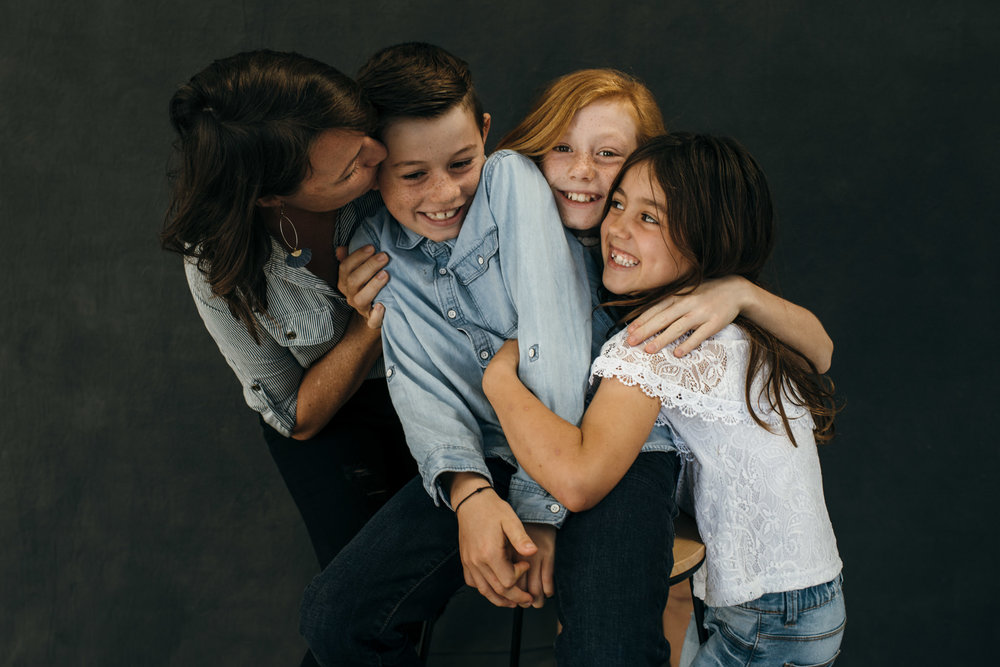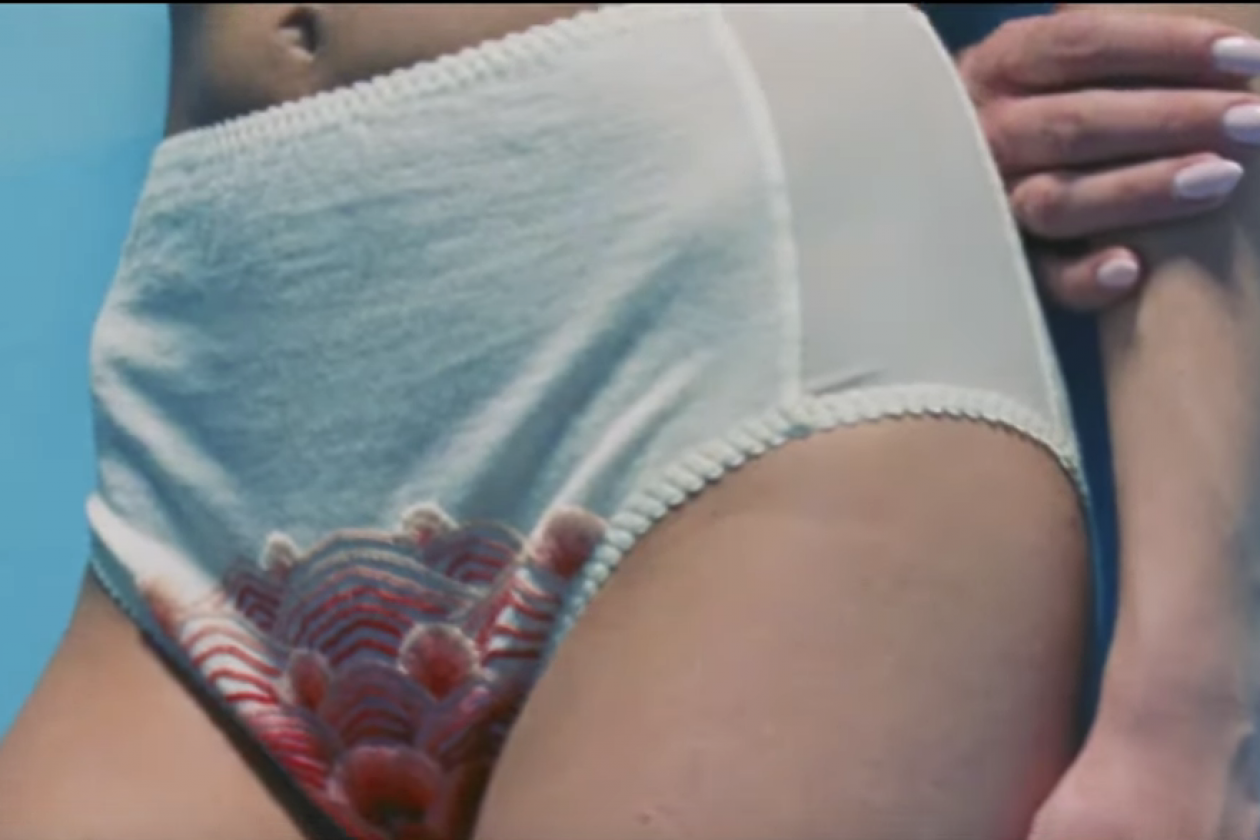
In the last month we’ve seen one of the most controversial ads on our tv screens, and in prime time. Why is this ad so controversial? Because it shows period blood. Libra have broken the norm of showing blue liquid as a replacement for period blood, and shown something that actually depicts reality, including blood streaming down a woman’s leg whilst in the shower, and a woman removing a menstrual pad.
https://youtu.be/lm8vCCBaeQw
People have been so offended by this ad that Ad Standards have received more than 600 complaints, making it the most complained about ad this year.
So what is so offensive about it? Firstly, with full transparency, I’m going to say I was a little taken aback by it when I first saw it as well. But I quickly asked myself why I felt like that, and realised it’s the old shameful beliefs we have been conditioned with. Don’t talk about it, it’s gross, it’s dirty, no-one wants to hear about it, and heaven forbid don’t let the children know!
A few weeks back Nat Kringoudis posted about it on her Facebook page. I was aghast at some the comments and some of the comparisons people were likening it to. Things like a used condom and ejaculation. I kind of don’t blame people for thinking like this, it’s the way we’ve been conditioned. But it’s time to change. With those comments aside, it’s the following comments that made me think unless we change how we think ourselves, nothing will change going forward. As I was making a quick dash to the bakery this morning (because we had nothing for school lunches), the conversation on the radio was around the complaints for this ad and why people were offended. The woman who called through was one that had complained to the Ad Standards. Her complaint was similar to what I had read on other threads. Her complaint was not for the ad itself, but more for the time slot it was allowed to be shown in, when she wanted to sit down to relax with her family and watch tv. Now she was forcefully put in a position to talk to her children about something that she was not ready to discuss. She mentioned her children were 13, 11 and 6. She’d had discussions with her 13 year old, but not with her more “conservative” 11 year old, and her 6 year old was now traumatised and had a very negative first introduction to periods.
I found this so interesting for a number of reasons. I wanted to ask her why it would be seen as negative? We are so accustomed to relating blood with pain and suffering, that someone is either injured or hurt. But a simple explanation of “this is what a healthy woman’s body does, and its not from harm or injury” could be all that is required to put a child’s minds at ease.
So let’s break this down more. The complaints I’ve seen a lot have been about the ad being shown at Prime Time, and that it’s either not appropriate for children, or that the parents should have the right to discuss periods when they are ready, not when being raised in an ad.
Prime time TV, when Home and Away is being aired with subject matters like drug abuse, arson, pregnancy caused through rape, eating disorders, infidelity. I haven’t watched Home and Away for a long time, but these were some of the subject matters when I last saw it. None of these have anything to do with how a healthy woman’s body function, yet it’s okay to show? Are conversations being had around these topics?
Prime time TV, when Bondi Rescue is being aired, with blood, vomiting, sexual misconduct and drunkeness often being shown. In my home vomiting is a big inducer of anxiety, and in my opinion, much more disgusting than period blood. But is that complained about? None of these have anything to do with how a healthy woman’s body function, yet it’s okay to show? Are conversations being had around these topics?
What about the Bachelor? Another prime time TV show where a man is making out with a number of women, or an ad is shown with a woman grinding herself on top of him while in a bikini. Is this forcing conversations also? Or do we just cover their eyes, look away and pretend nothing happened?
I’m not saying that any of these should or shouldn’t be shown, I’m just asking how is one offensive and forcing unwanted conversations, and the others not? We have become so accustomed to seeing everything else on tv, that it’s okay. Everything except period blood.
Asaleo Care, makers of Libra, said it launched the #bloodnormal campaign to try to normalise periods, break down taboos and to generate conversation.
According to the company’s research, 3 out of 4 Australian women say there is a greater stigma attached to periods than there is drugs or STIs, and a further 8 out of 10 women go to great lengths to hide their period.
Most alarmingly, their research revealed that 70 per cent of young Australian women would rather fail a class than have friends know they were on their period.
We fear what we don’t know and periods and vaginas must be one of the most feared subjects out there. We automatically think periods equal sex, but that is not the case. The more we talk about periods, and how it is part of a healthy woman’s body, the less stigma there is around it.
Put aside that it’s a sales tactic, if it takes a shocking and “offensive” ad to start the conversation, that can only be a good thing. It may be getting some mothers or older folks knickers in a knot, but it’s relieving the anxiety of the 14 year olds out there, and reassuring them that it’s okay to talk about periods, even if thats not the message they are getting at home.


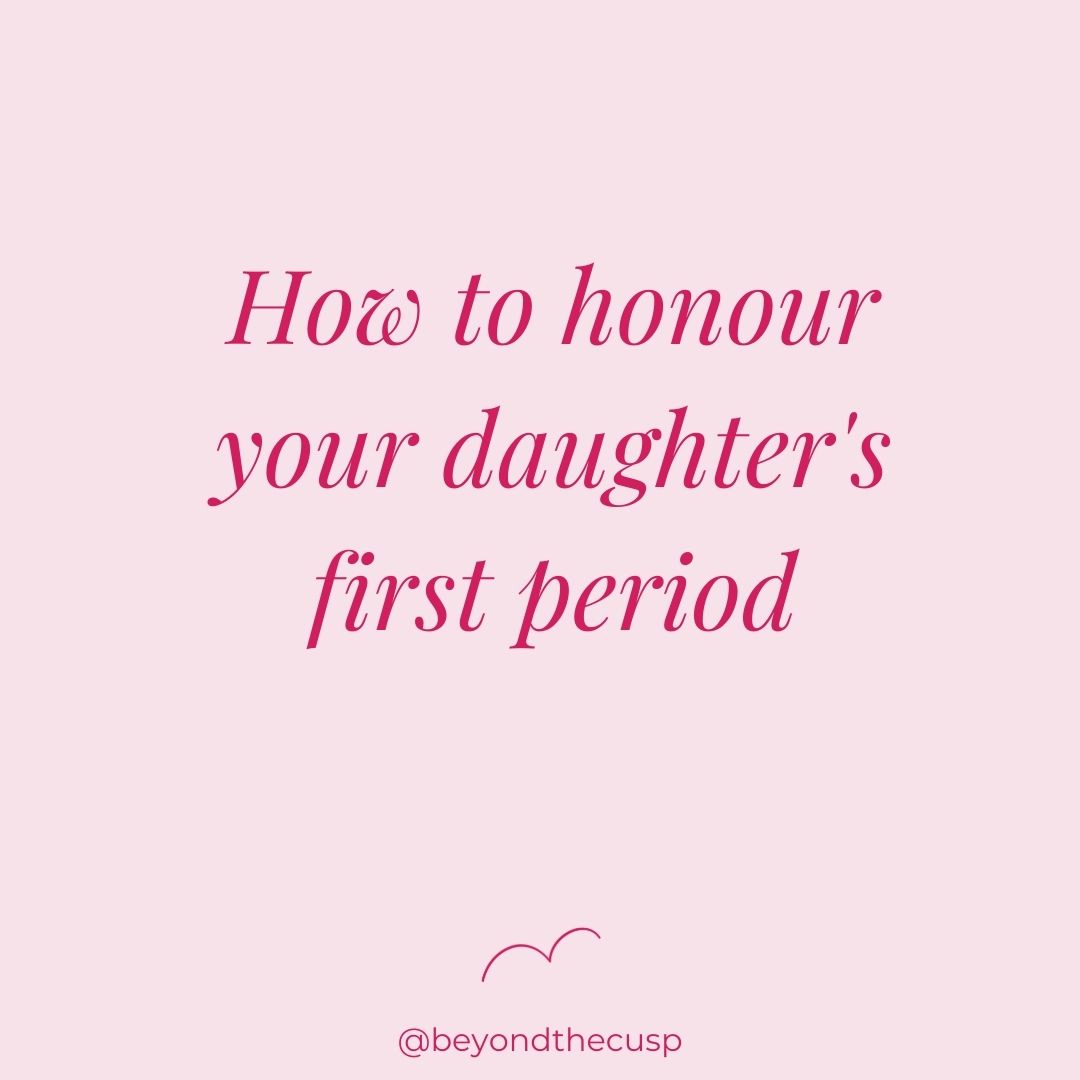
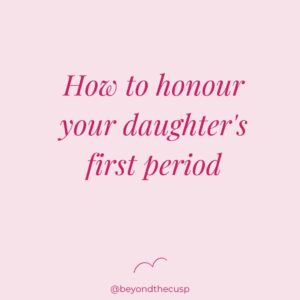
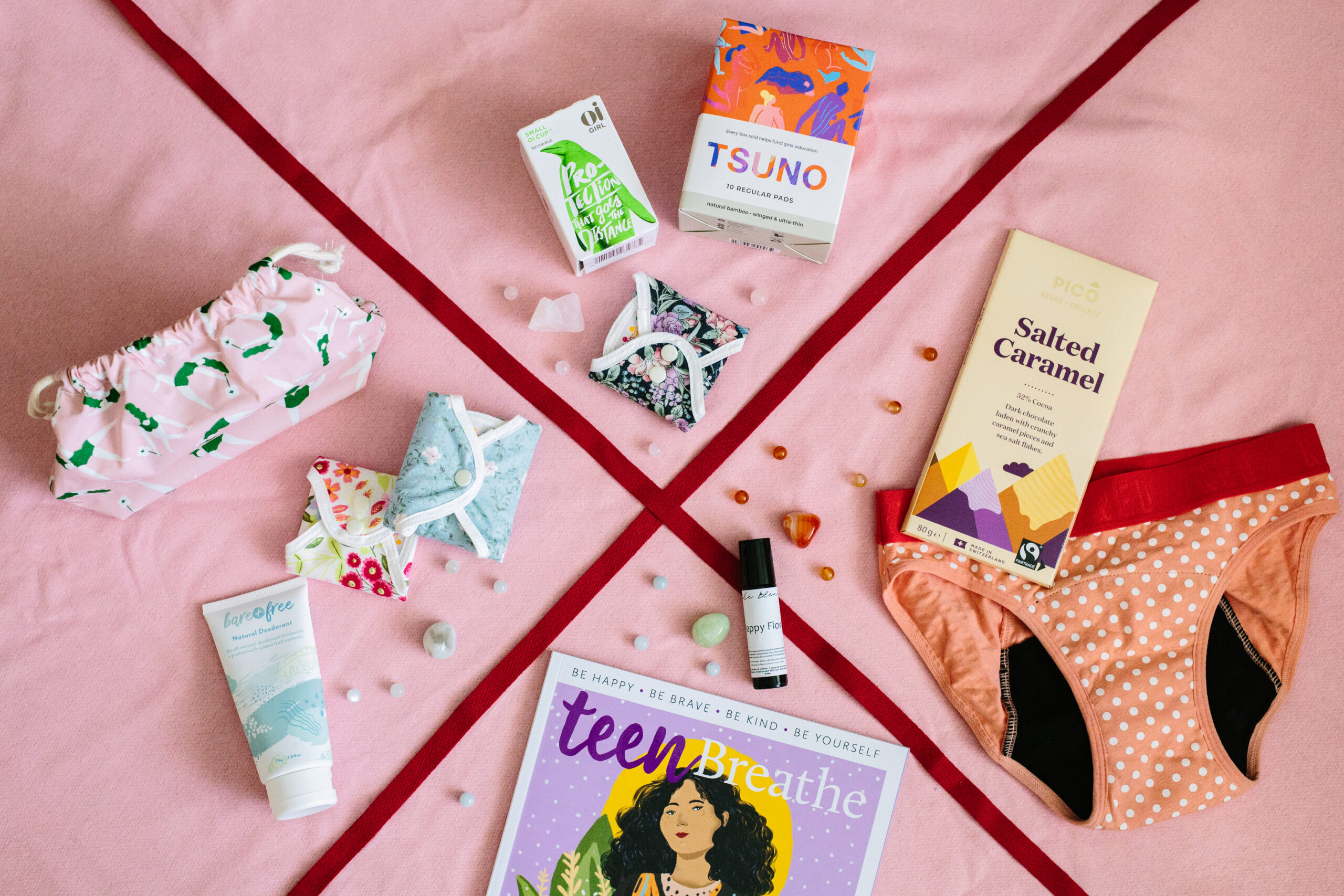
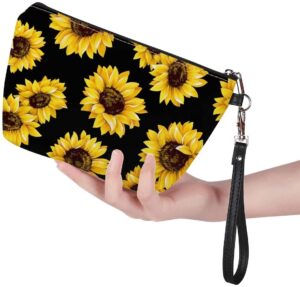
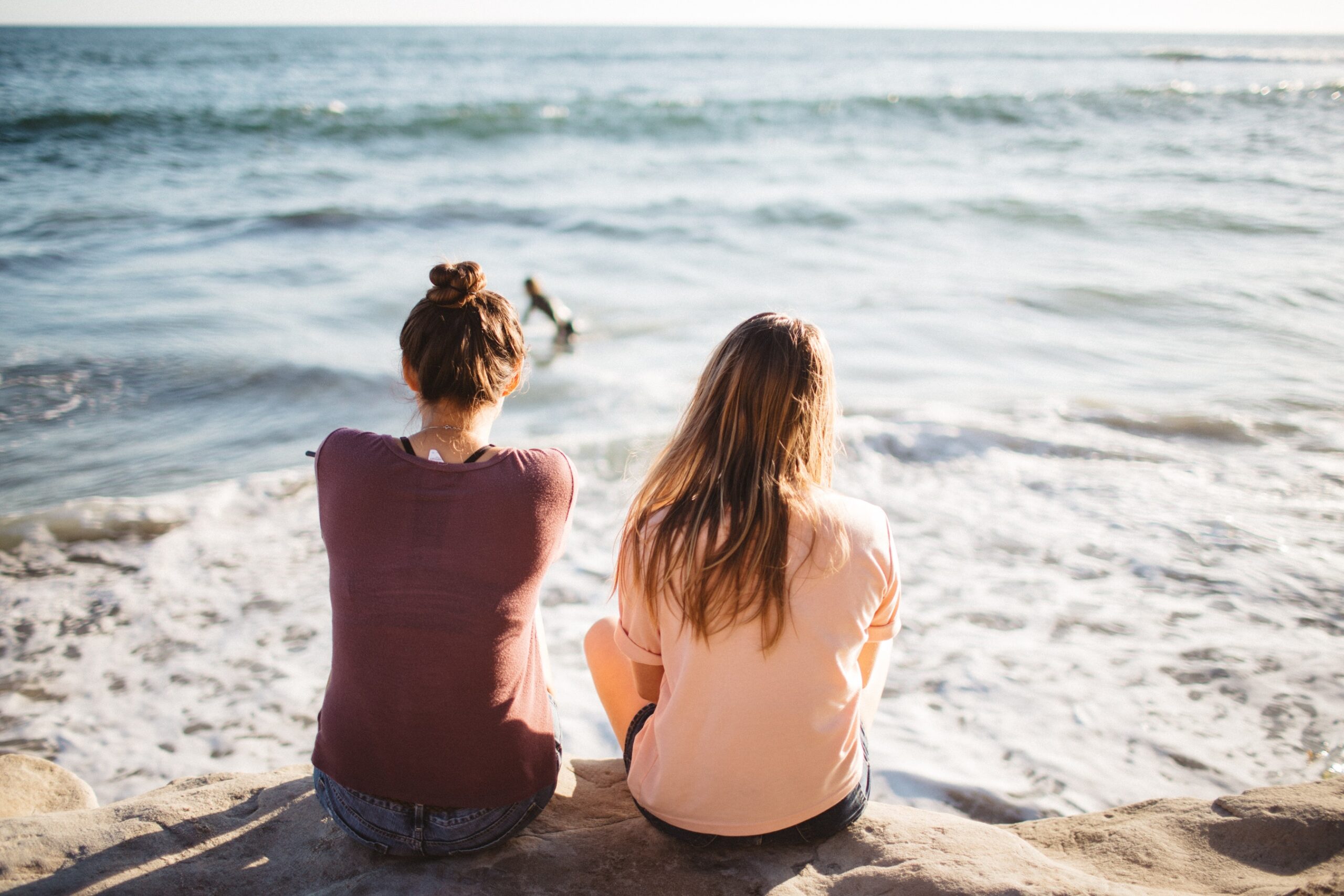
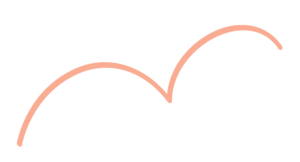
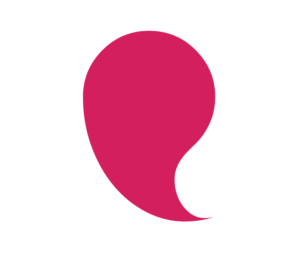 l cycle is not only about when you’ll get your period, it’s an overall look at your whole wellbeing. If things are going wrong hormonally, the menstrual cycle is often where the signs will first show up. With a good picture of how the menstrual cycle looks for each individual, you will be able to take these along to your health practitioners for the right support.
l cycle is not only about when you’ll get your period, it’s an overall look at your whole wellbeing. If things are going wrong hormonally, the menstrual cycle is often where the signs will first show up. With a good picture of how the menstrual cycle looks for each individual, you will be able to take these along to your health practitioners for the right support.